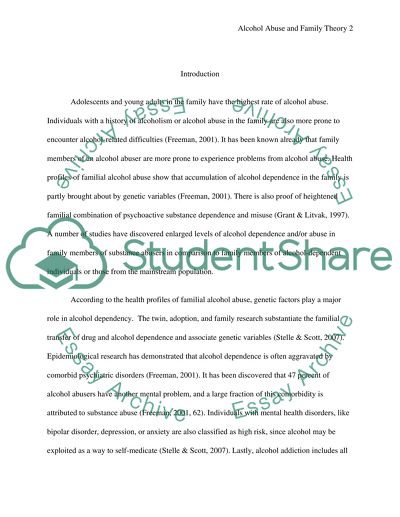Cite this document
(“Alcohol Abuse Research Paper Example | Topics and Well Written Essays - 1500 words”, n.d.)
Retrieved from https://studentshare.org/family-consumer-science/1425260-alcohol-abuse
Retrieved from https://studentshare.org/family-consumer-science/1425260-alcohol-abuse
(Alcohol Abuse Research Paper Example | Topics and Well Written Essays - 1500 Words)
https://studentshare.org/family-consumer-science/1425260-alcohol-abuse.
https://studentshare.org/family-consumer-science/1425260-alcohol-abuse.
“Alcohol Abuse Research Paper Example | Topics and Well Written Essays - 1500 Words”, n.d. https://studentshare.org/family-consumer-science/1425260-alcohol-abuse.


